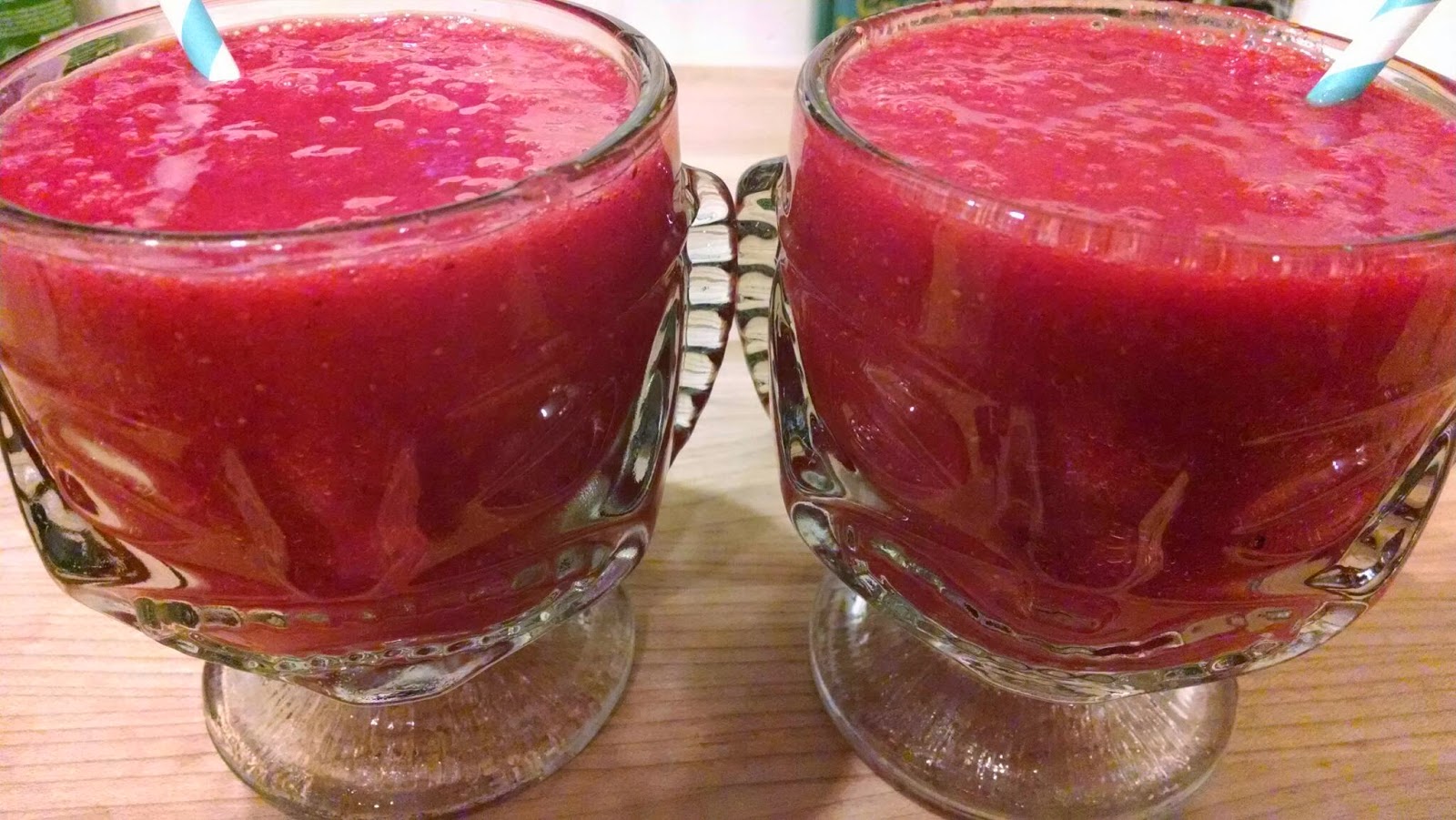 I found some fresh, wild Sockeye salmon for a great price at the store yesterday, so I snatched it up. My original plan was to grill it along with some veggies, but it was so hot today, I was craving something cold. That's when I thought: poached salmon salad.
I found some fresh, wild Sockeye salmon for a great price at the store yesterday, so I snatched it up. My original plan was to grill it along with some veggies, but it was so hot today, I was craving something cold. That's when I thought: poached salmon salad.
Since we had a lot of these ingredients either growing in our garden or already in our pantry, this entire meal cost us under $20.
Here's what you'll need:
1 1/2 pounds fresh, wild salmon, cut into 4 pieces, lightly salted and peppered
2 ears organic corn, shucked and cleaned
1/2 pound organic green beans, cleaned and cut into 1" pieces
3/4 cup cherry tomatoes
1/4 cup white wine
2 Tbs butter
3 Tbs Bragg's apple cider vinegar
1 tsp. organic sugar
5 ounces baby lettuce mix
Poaching Sauce and Salad Dressing Base
1 1/2 Tbs each, canola and olive oil
3 lemons, juiced
4 slices of lemon (slice lemons after juicing)
1 Tbs minced fresh dill
1/2 tsp minced fresh tarragon
1/4 tsp thyme leaves
1/2 tsp minced fresh oregano
1/4 cup chopped fresh parsley
Zest of 2 lemons
3 large garlic cloves, pressed
1/4 tsp fresh ground pepper
2 Tbs non-pareil capers
Boil water in a large pot. Once the water is boiling, add a tablespoon of salt, the corn cobs and the green beans. While it is boiling, prepare a large bowl of water filled with ice cubes and set aside.
Preheat oven to 300 degrees.
Mix the ingredients for the poaching sauce and salad dressing base. Once mixed, remove and reserve 1/4 cup for salad dressing. Place remaining sauce in an oven-safe pan with a lid, add salmon, then toss to coat. Smear 1/2 Tbs butter on top of each piece and finish with a lemon slice. Cover the pan and put into the pre-heated oven.
Poach for 20 minutes.
Remove the corn and green beans from the boiling water after about 7 minutes, and plunge into the bowl of
ice water. We let our green beans cook a minute or two longer than the corn because they were a bit tough. Just be sure not to overcook either one.
Next, take the salad dressing base and add the apple cider vinegar and sugar. Mix well. I highly recommend an immersion blender to ensure all ingredients are well-incorporated. Set aside.
After you pull the salmon out of the oven, baste it for a few minutes with the sauce in the pan. This sauce tastes amazing. Have some crusty bread on stand by to sop up the leftovers.
Move the salmon onto a plate and place into the refrigerator to chill.
Next, shave the corn off the cob and half the cherry tomatoes. Set aside.
Toss the dressing with the salad mix and distribute between 4 plates. We put the green beans, corn and cherry tomatoes into the bowl after we removed the salad to coat it with the leftover dressing. Once the green beans, corn and cherry tomatoes are tossed together, distribute among the plates.
Place a salmon filet on top of each bowl of salad. Pour any leftover juices on top. Enjoy!
Serves four.

























